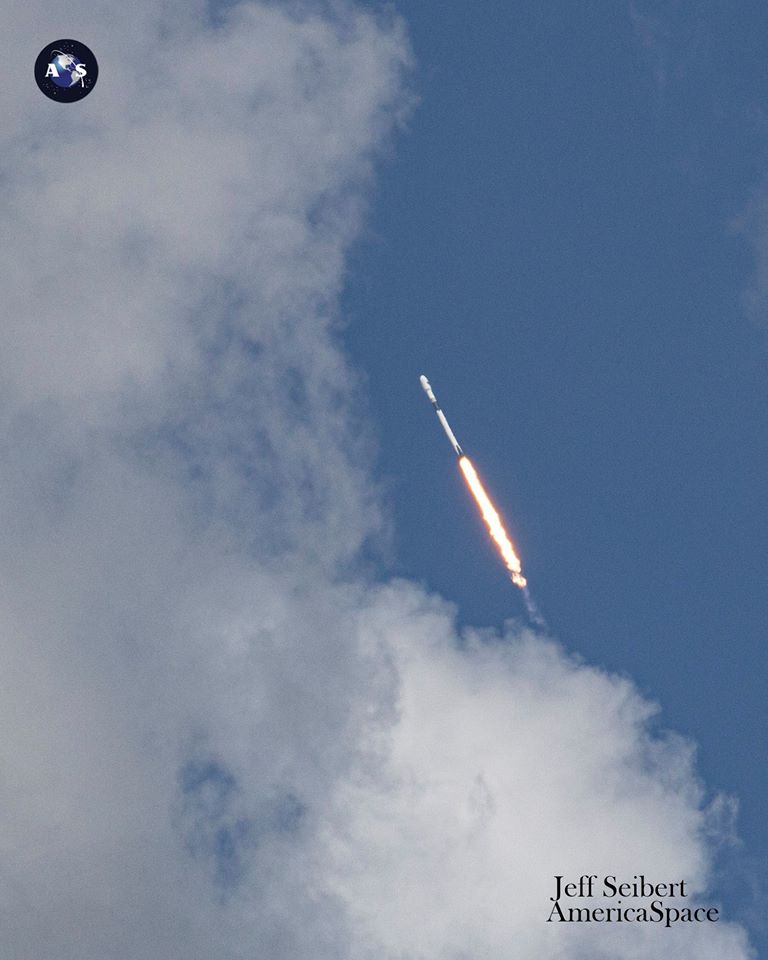
Florida’s weather is tracking favourably for the fourth Falcon 9 launch of July, scheduled for less than an hour past midnight from storied Space Launch Complex (SLC)-40 at Cape Canaveral Space Force Station, Fla. According to the 45th WeatheSquadron at Patrick Space Force Base, tonight’s record-tying 16th flight by the B1060 booster will benefit from around 85-percent favorable conditions.
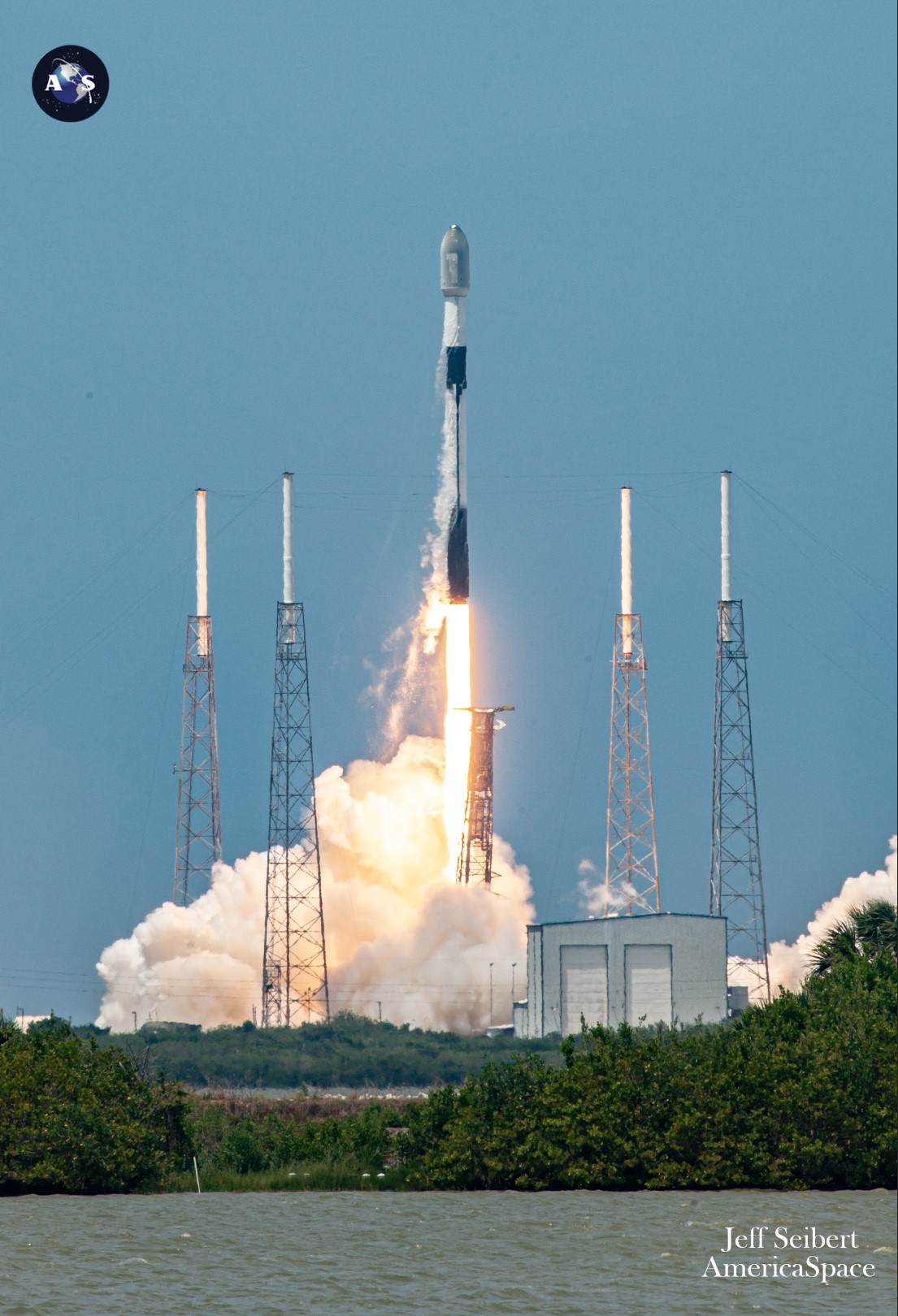
The presence of anvil clouds and a potential violation of the Cumulus Cloud Rule appear to be the primary factors at play both for Friday’s targeted 12:40 a.m. EDT launch and a backup opportunity at 12:15 a.m. EDT Saturday. “Generally favorable launch conditions,” noted the 45th in its L-2 weather briefing, issued Wednesday.
“Some convection may try to push eastwards back towards the coast in the evening, but the activity will dissipate as we head towards the launch window, shortly after midnight,” it continued. “Additional showers and storms are likely to develop over the Gulf Stream waters overnight, but they are expected to stay off the coast.”
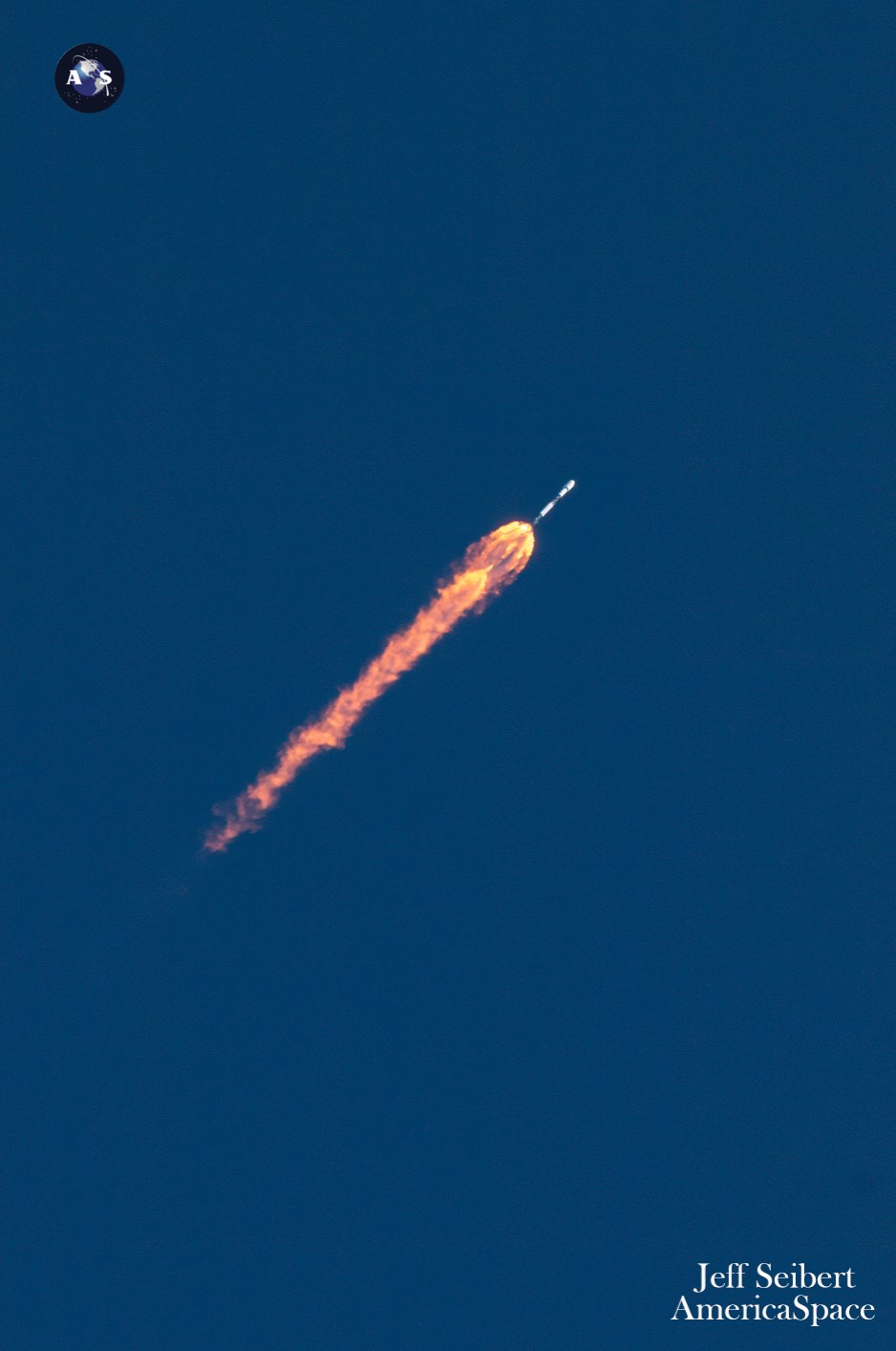
All told, this presents an 85-percent probability that SpaceX will have Mother Nature’s cards suitably stacked for its 45th Falcon 9 launch of 2023 and its 47th Falcon-family mission so far this year, counting a pair of triple-barrelled Falcon Heavy flights in mid-January and late April. The Hawthorne, Calif.-headquartered launch services organization has already logged three missions this month alone: dual flights in support of the Starlink low-orbiting internet communications network from the Cape and Vandenberg Space Force Base, Calif., and the 1 July flight of the Euclid deep-space observatory on behalf of the European Space Agency (ESA).
Coming almost exactly four days since the most recent SLC-40 launch, this will mark the shortest interval so far this year for flights from this particular pad. Previous flights from SLC-40 have averaged around a week, with just shy of five days being 2023’s current personal best for pairs of Falcon 9s to spring from this vaunted facility.
In readiness for tonight’s past-midnight launch, the East Coast-based Autonomous Spaceport Drone Ship (ASDS), “A Shortfall of Gravitas”, put to sea out of Port Canaveral last Sunday, bound for a recovery position about 400 miles (640 kilometers) offshore in the Atlantic Ocean. It will be the 40th Falcon 9 “catch” for ASOG, the newest member of the drone-ship fleet, since it came online in August 2021.
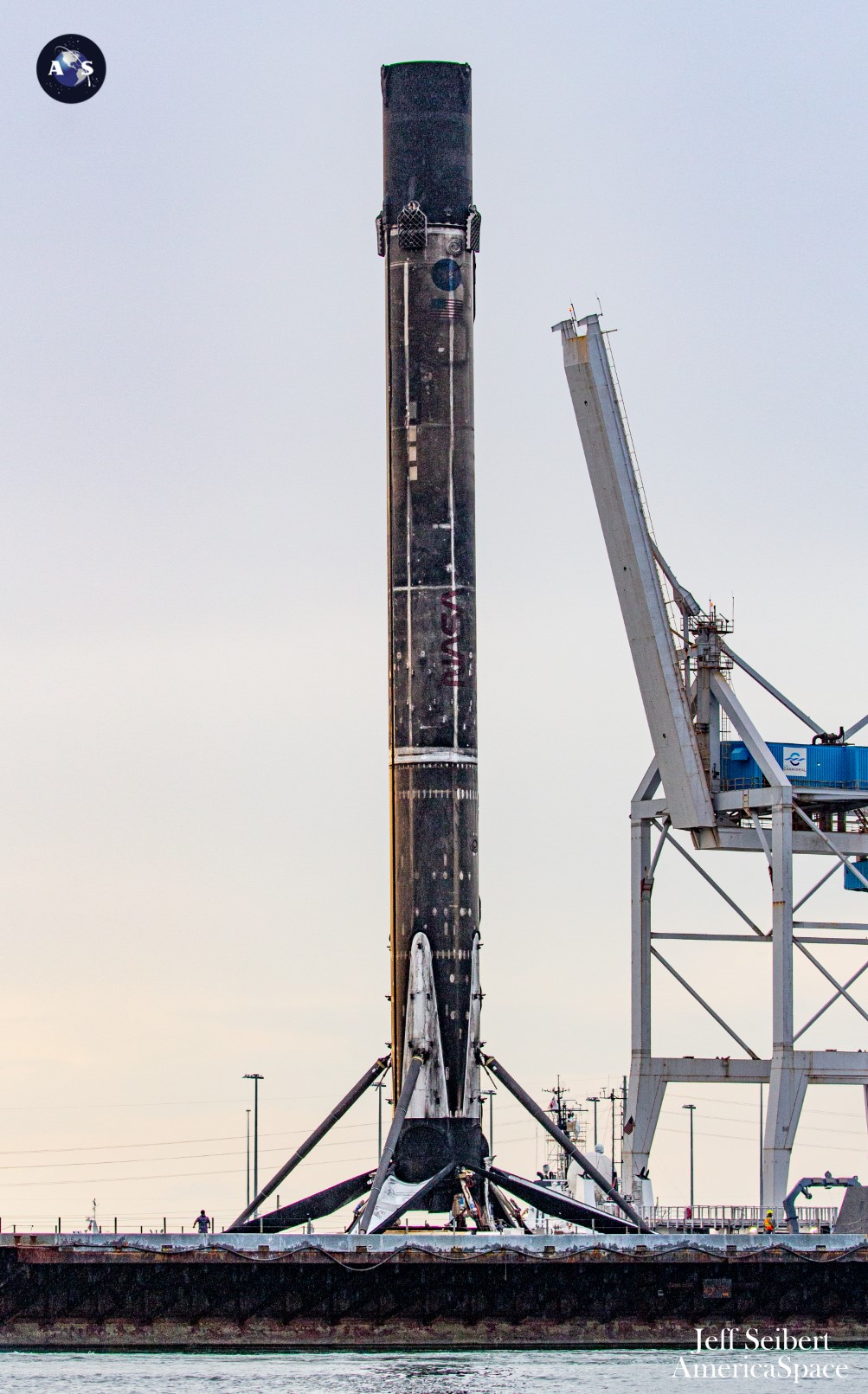
SpaceX is now heading squarely for its 50th Falcon-class launch of the year, possibly as soon as later in July. Setting that number into context, it took until the first week of November to achieve 50 flights in 2022, the first year on record that such a high number of missions had ever been reached by a single orbital-class vehicle type.
And key to hitting such impressive targets is reusability and turnaround. Alongside her many-times-flown sister, B1058, SpaceX’s B1060 booster logged a record-tying 15th launch in early January, which placed them both at the peak of the maximum number of certified flights. Both boosters were stood down and their active status “paused” for more than six months, to allow for recertification up to 20 launches.
How rapidly B1060 will advance towards her 20th flight remains to be seen, for the spacing between missions has gradually increased in length as she has gotten older. She entered service back on 30 June 2020 and is set to become only the second Falcon 9 core to log a 16th launch.
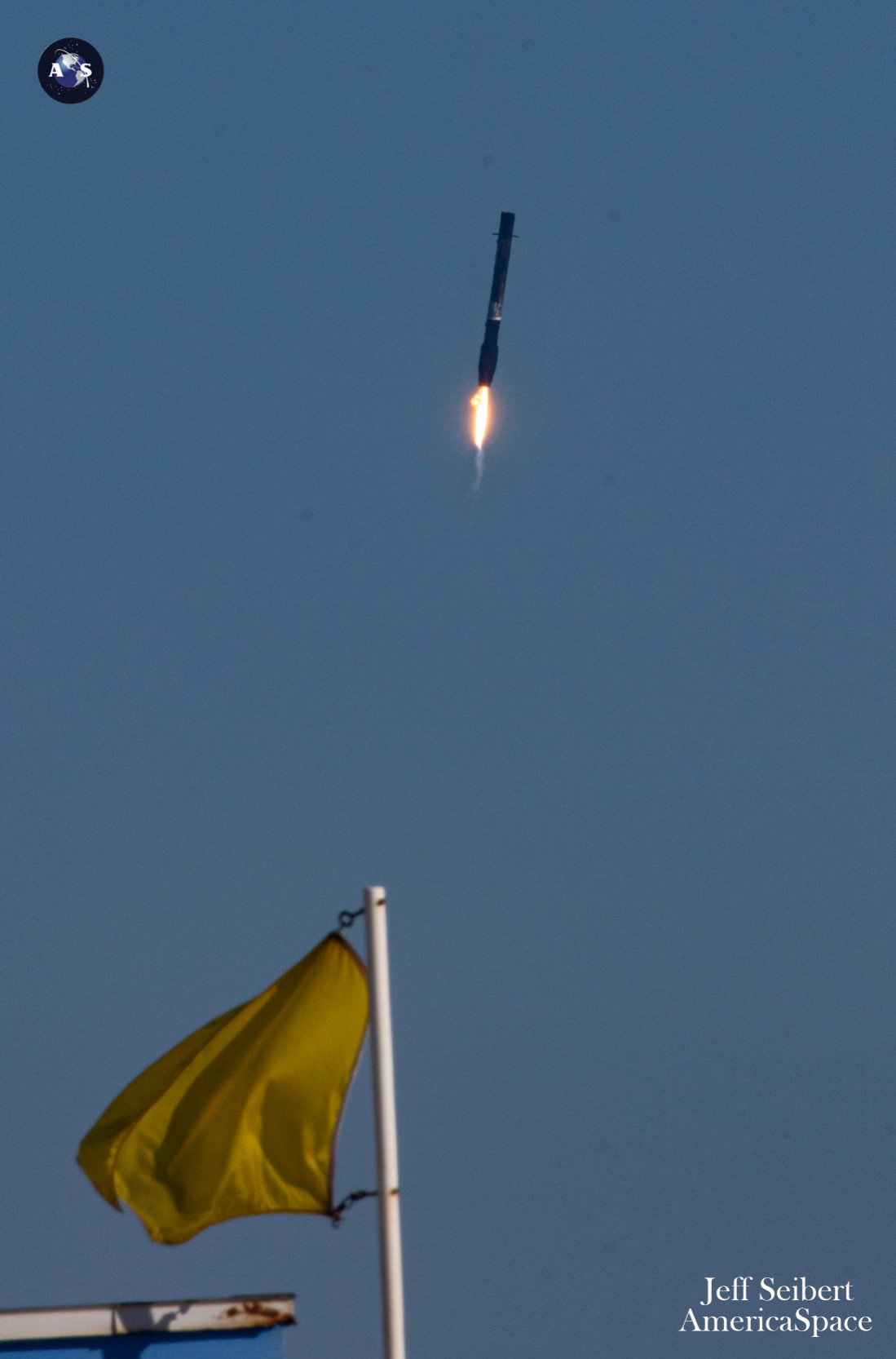
On her first outing, B1060 deployed the third Block III Global Positioning System (GPS) navigation and timing satellite, bound for Medium Earth Orbit (MEO). Since then, she went on to loft Turkey’s powerful Türksat 5A geostationary communications satellite, more than 550 Starlinks, the multi-payload Transporter-2 mission and the Galaxy 33/34 dual-stacked pair of geostationary communications satellites last fall.
That impressive raft of flights saw B1060 mark out her personal territory as the first Falcon 9 core to log a 13th launch in June 2022, before being narrowly beaten to 14th and 15th missions by fellow life-leader B1058. She also established a new record—now broken—of just 27 days between two launches by the same booster in spring 2021.
Primary payload for tonight’s flight are 54 Starlinks, which are set to be deployed at 65 minutes and 52 seconds after launch. As a network, Starlink facilitates high-speed and low-latency internet provision across 56 sovereign nations and international markets in North and South America, Europe, Asia, Oceania and Africa.
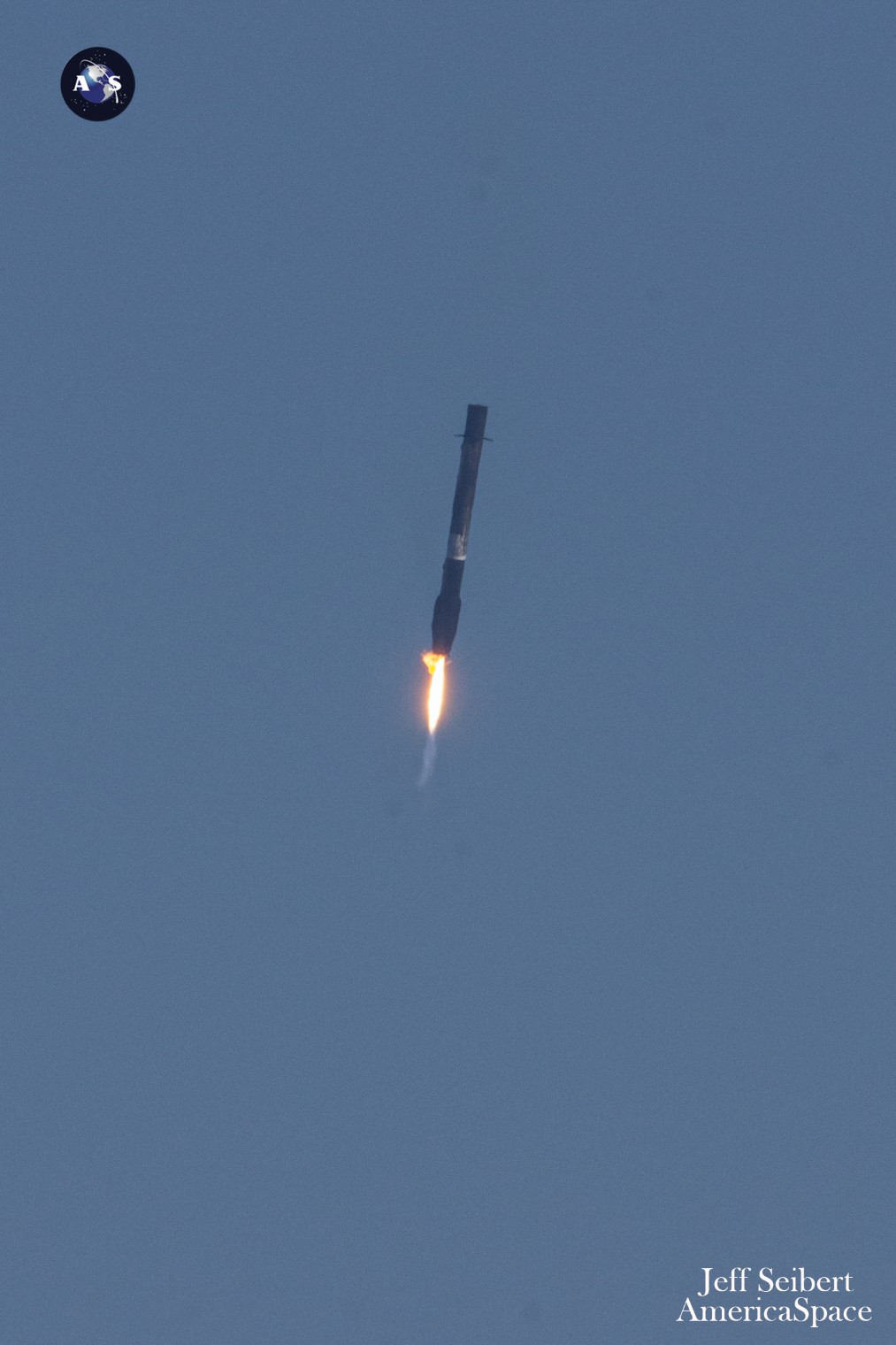
In recent weeks, Panama, Mozambique and Trinidad and Tobago signed up the network. And Florida-based intercity operator Brightline adopted Starlink on its trains earlier this year, the first passenger rail service in the world to do so.
Additionally, El Salvador’s Ministry of Education has begun integrating Starlink capability into its schools to help close the digital divide between urban and remote rural communities. And SpaceX tweeted last month that 50 Rwandan schools are now connected via Starlink’s high-speed internet service.
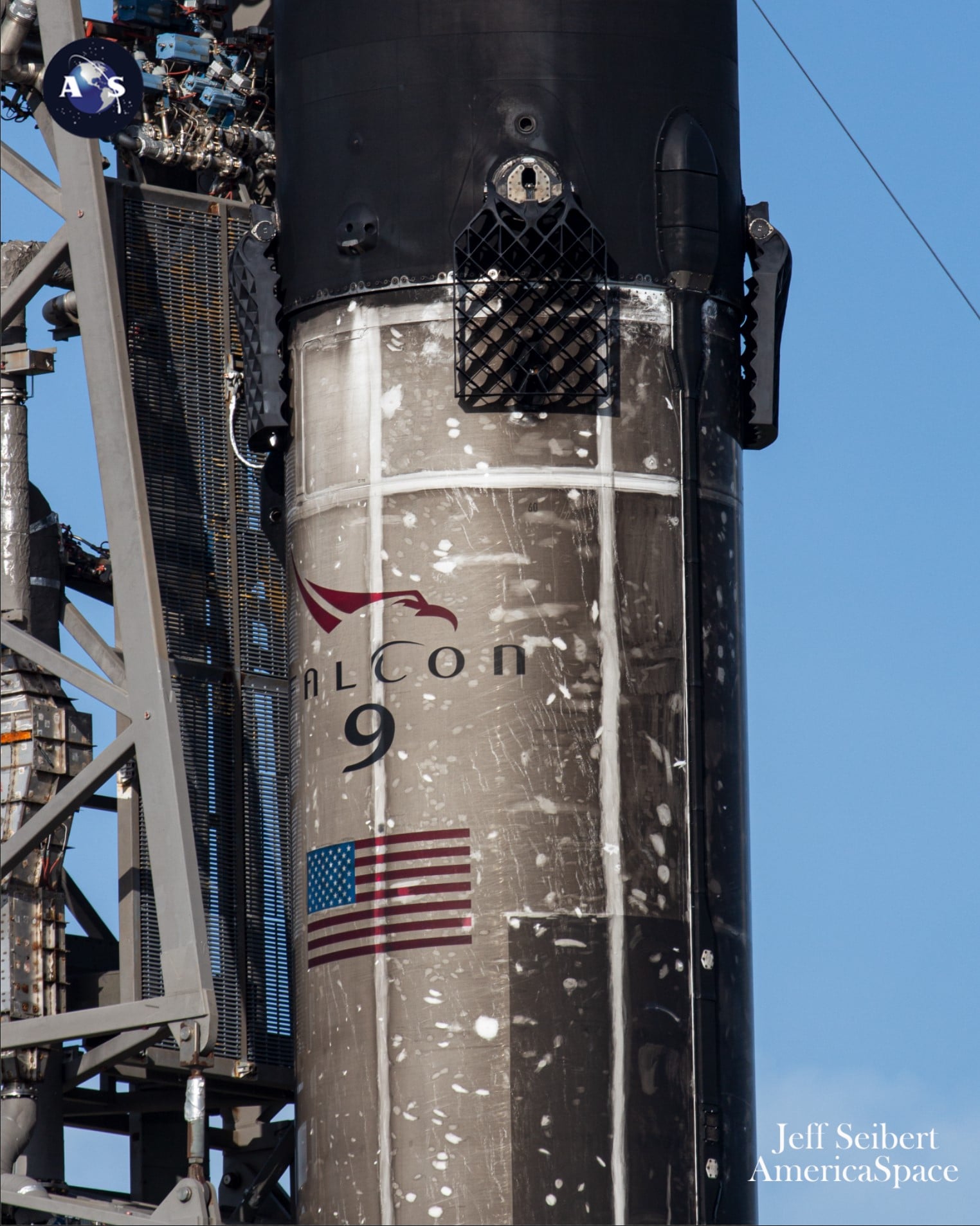
Beyond tonight’s launch, several more flights are anticipated in the second half of July. Of note is the third outing of 2023 by the triple-barreled Falcon Heavy, provisionally booked for the month’s final week, which will lift the 20,000-pound (9,200-kilogram) Jupiter-3 Ultra-High-Density Satellite (UHDS) to orbit on behalf of EchoStar, Corp.
Built by Maxar and set to be redesignated EchoStar-24 when in orbit, the satellite will showcase miniaturized electronics, solid-state amplifiers and a high-efficiency antenna architecture for “more concentrated capacity over high-use areas”. The satellite, whose high-efficiency Ka-band antennas enable data throughput rates of up to 500 gigabits per second, departed Maxar’s Palo Alto, Calif., factory and arrived at the Cape on the last day of June.
Also chomping at the bit for its own launch later this month is a third pair of Boeing-built O3b mPOWER broadband satellites, targeting a 5,000-mile-high (8,000-kilometer) Medium Earth Orbit (MEO). Two previous mPOWER pairs were lofted atop Falcon 9s last December and April, as part of a growing network of high-throughput, low-latency satellites which will generate around 30,000 fully reshapeable and electronically “steerable” beams to be dynamically shifted in real time to serve customers across a multitude of markets, ranging from telecom and cloud to communications-on-the-move and government.
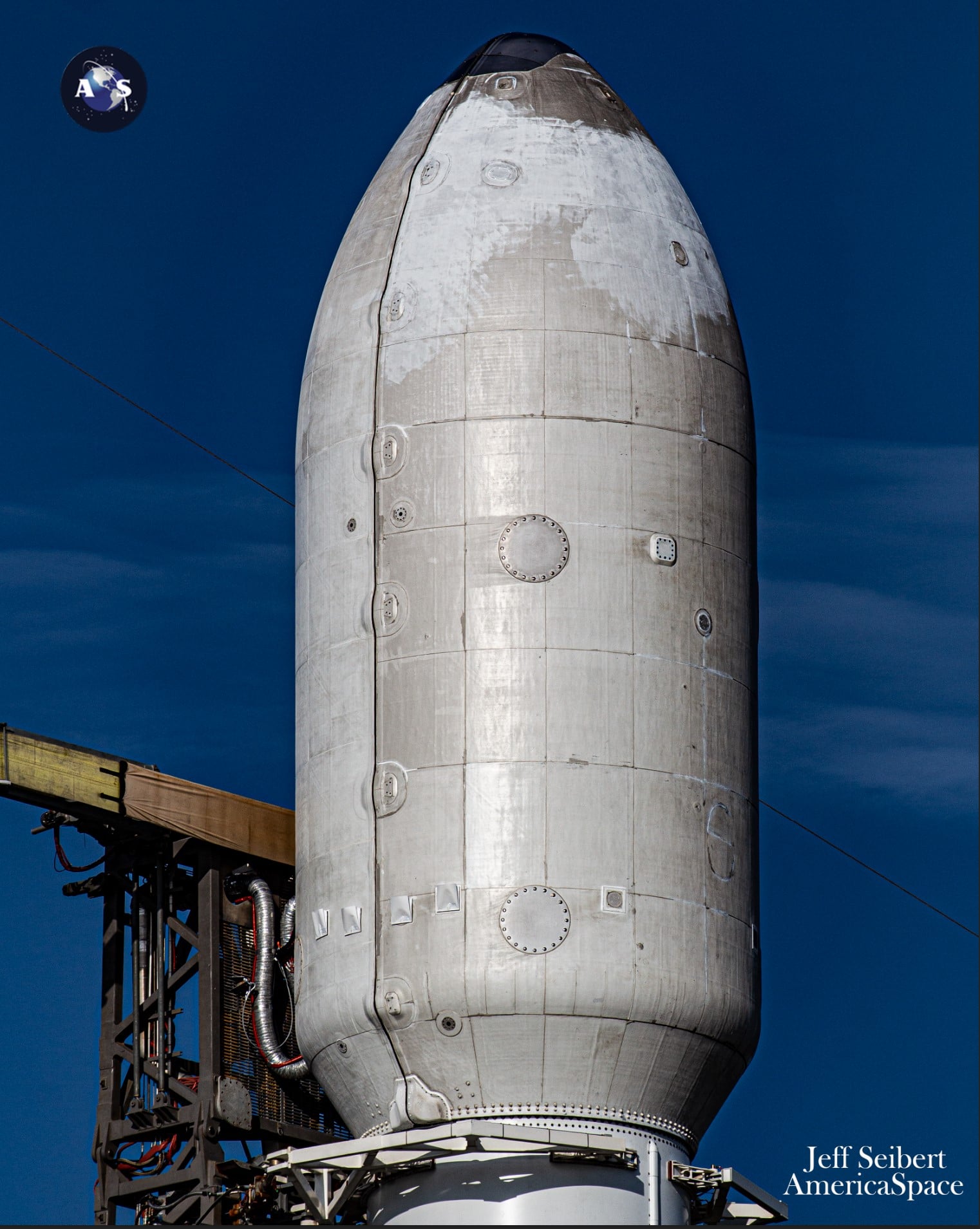
Additional missions aiming for July launches include a pair of WorldView Legion satellites, bound for insertion into Sun-synchronous orbit for Westminster, Colo.-based Earth imagery provider, DigitalGlobe. The Maxar-built Legion will double DigitalGlobe’s capacity to gather high-resolution geospatial imagery by resolving surface details as small as only 12 inches (30 centimeters). And the Space Development Agency (SDA) anticipates a Falcon 9 launch later this month of the second batch of satellites for its Tranche-0 Transport and Tracking Layer (TTL) constellation.






One Comment
One Ping
Pingback:SpaceX Launches 16x-Flown Falcon 9, After 48-Hour Delay, Unexpected Static Fire Test - AmericaSpace